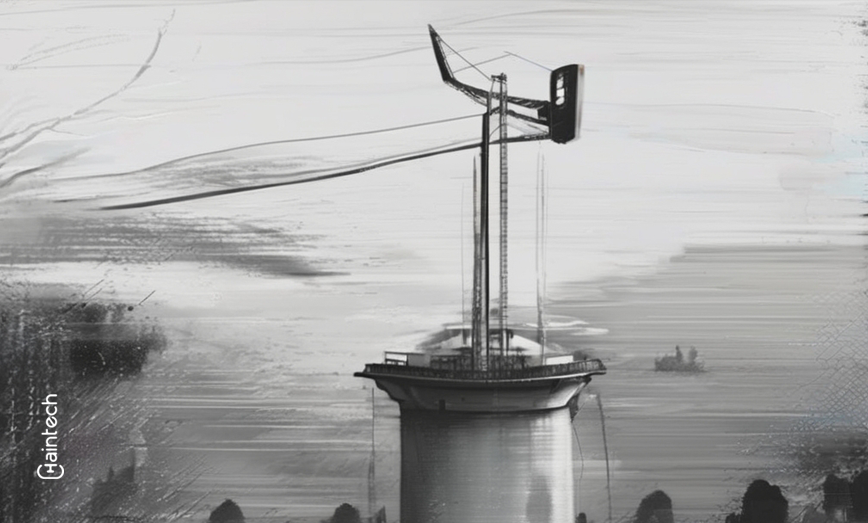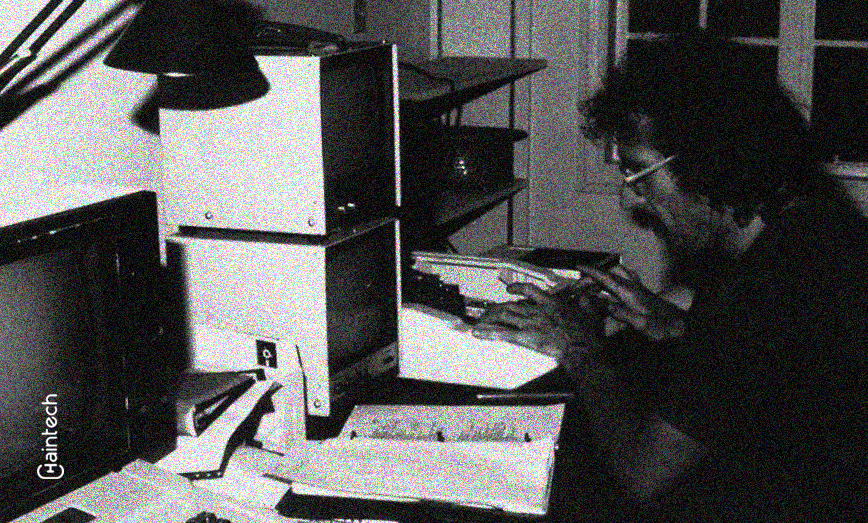Decrypting History: The Enigma of the 1834 French Telegraph Cyber Attack Unveiled

Introduction
In the vast timeline of human history, the development of communication systems stands as a testament to our relentless pursuit of connection and progress. From the ancient art of conveying messages through smoke signals to the groundbreaking invention of telegraph systems, every step forward has expanded our horizons and brought us closer together. These advancements in long-distance communication have laid the foundation for our interconnected world today.
Understanding the French Telegraph System of 1834
The French telegraph or Chappe telegraph, devised by Claude Chappe in the early 1790s, was a pioneering semaphore telegraph system in French history.
Comprising towers strategically positioned at intervals of 5 to 15 kilometers, this innovative network operated by transmitting coded messages from one tower to another. Tower operators, equipped with specially crafted telescopes, facilitated the transmission process. Messages were deciphered upon reaching their designated city.
As of the mid-19th century, this remarkable telegraph system spanned several hundred kilometers, connecting major French cities and extending its reach to Venice, Mainz, and Amsterdam. The Chappe telegraph represented a groundbreaking advancement in long-distance communication during its era.
Uncovering the Cyber Attack of 1834
The semaphore network, initially designated for government communication, witnessed an audacious breach in 1834 orchestrated by François and Joseph Blanc. These brothers, immersed in trading government bonds at the Bordeaux stock exchange, sought to exploit the time lag in market information between the primary market in Paris and the secondary markets.
Their ingenious plan involved bribing a telegraph operator in Tours who, with the help of an accomplice in Paris, gained access to stock market information. The operator, using the semaphore system, transmitted the news from Tours to Bordeaux. However, the twist lay in the codes deliberately introduced by the operator, embedded as errors within government messages. At Bordeaux, another operator, strategically positioned by the Blancs, deciphered these codes.
This covert operation persisted for approximately two years until the operator in Tours fell ill. In a bid to maintain the scheme, the ailing operator confided in a friend, inadvertently triggering exposure. The concerned friend reported the operator to authorities, leading to the arrest of the Blanc brothers for orchestrating a cyber attack.
Remarkably, due to the absence of explicit laws surrounding such cyber activities, the Blanc brothers were ultimately released.
Modern Perspective on the 1834 Cyber Attack
The 1834 cyber attack is not just a historical event but a case study relevant even today. The attacks formed the first documented instance of a security breach in a communication network. It triggered the inception of cybersecurity concepts we take for granted today, such as secure file transfer protocols, protective firewalls, and encrypted messaging.
Drawing parallels between historical and contemporary attacks reveals striking similarities, from staff manipulation to sophisticated ‘man-in-the-middle’ tactics. The resemblances are uncanny, underscoring the enduring nature of certain attack methodologies across different time periods. This historical episode is a sharp reminder that while technology evolves, human elements often remain the most vulnerable aspect!
Lessons from the Past: What We Can Learn Today
Uncovering this capsule of cybersecurity history provides valuable lessons for the present day. The Blanco brothers’ attack serves as a reminder that no matter how advanced or fail-proof a system is, human vulnerabilities can become the weakest chink in the armor. Cybersecurity today still wrestles with these issues, and the 1834 event is a timeless lesson in always vigilantly looking out for human-factor vulnerabilities. The past also provides insight into the ways threats can evolve over time. History, as always, is our best guide for prevention and mitigation, because those who don’t learn from history are destined to repeat it!









